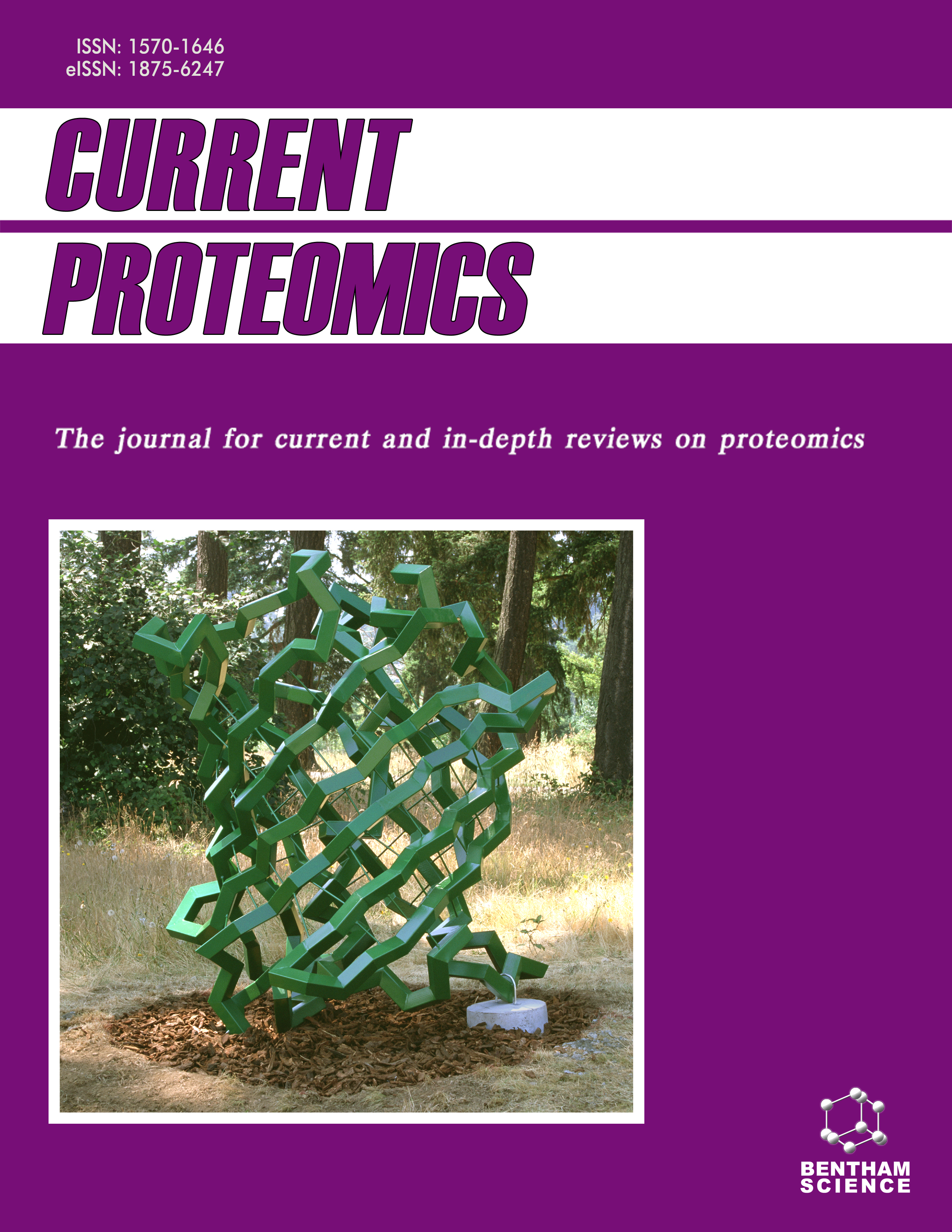
Full text loading...
We use cookies to track usage and preferences.I Understand

Entrapment is supposed to be the most effective and simple method among various strategies of enzyme immobilization as it preserves the original conformation and biological activity of the enzyme with greater immobilization yield. A suitable and cost-effective protocol for the entrapment of 1,4-α-D-glucan glucanohydrolase obtained from halotolerant Micrococcus spp., K11 has been developed.
The major objective of the present study was to explore halotolerant bacteria as potential producer of 1, 4-α-D-glucan glucanohydrolase from salt mines.
A total of 11 bacterial strains were isolated and purified using the halophilic medium. Strain K11 was selected on the basis of a large zone of starch hydrolysis. The crude enzyme extract was utilized to entrap in agar-agar scaffolds. Kinetic studies of agar-agar entrapped 1,4-α-D-glucan glucanohydrolase were assessed and compared with the properties of soluble enzyme.
It was observed that optimum immobilization of 1,4-α-D-glucan glucanohydrolase was attained at 4% concentration of agar-agar. Maximum entrapped enzyme activity was noticed after 15 minutes, highlighting the 5-minute increase in free enzyme. Moreover, temperature maxima for optimal enzyme substrate reaction were recorded to be 30°C for both immobilized and soluble 1,4-α-D-glucan glucanohydrolase, whereas pH maxima of 1,4-α-D-glucan glucanohydrolase were shifted from 6.5 to 7.0 after entrapment. The need for optimum substrate concentration for entrapped amylase activity was recorded to be 3% (gm), and for soluble 1,4-α-D-glucan glucanohydrolase, 2% (gm) starch was required for improved enzymatic efficacy. The reusability studies showed that agar-agar immobilized 1,4-α-D-glucan glucanohydrolase could be consumed up to 6 repeated cycles.
It is concluded that exploited features of immobilized 1,4-α-D-glucan glucanohydrolase enhance its applicability in several industrial processes.

Article metrics loading...

Full text loading...
References


Data & Media loading...